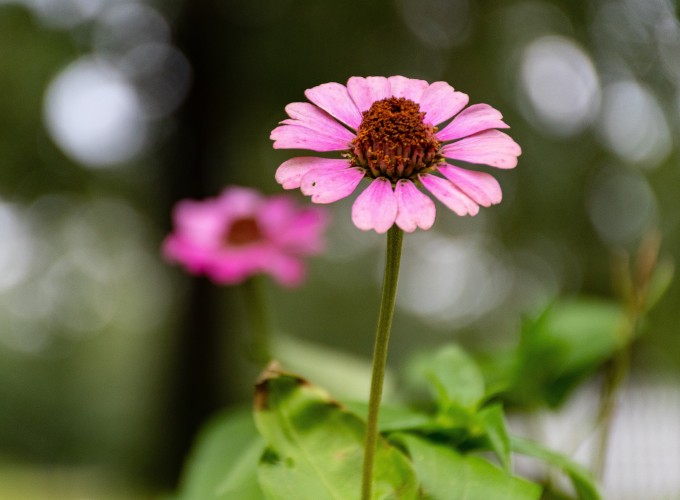 Image credit: Brett Sayles from Pexels
Image credit: Brett Sayles from Pexels
Taxonomic, phylogenetic, and functional composition and homogenization of residential yard vegetation with contrasting management
 Image credit: Brett Sayles from Pexels
Image credit: Brett Sayles from Pexels
Taxonomic, phylogenetic, and functional composition and homogenization of residential yard vegetation with contrasting management
Abstract
Urban biotic homogenization is expected to be especially important in residential yards, where similar human preferences and management practices across environmentally heterogeneous regions might lead to the selection of similar plant species, closely related species, and/or species with similar sets of traits. We investigated how different yard management practices determine yard plant diversity and species composition in six cities of the U.S., and tested the extent to which yard management results in more homogeneous taxonomical, phylogenetic, and functional plant communities than the natural areas they replace or than relatively unmanaged areas at the residential-wildland interface (“interstitial” areas). We categorized yards based on fertilizer input frequency and landscaping style: high-input lawns, low-input lawns, and wildlife-certified yards. We defined homogenization as decreased average β-diversity and decreased variance in α-diversity in yards when compared to natural and interstitial areas. We found that all residential yard types regardless of their management were functionally more homogeneous for both α- and β-diversity than the natural and interstitial areas. Nevertheless, wildlife-certified yards were functionally more similar to natural areas than lawn-dominated yard types. All yard types were also more homogeneous in phylogenetic α-diversity compared to natural and interstitial areas, but more heterogenous in taxonomic α-diversity. Within yards, taxonomic, phylogenetic and functional diversity were weakly correlated, highlighting the importance of examining multiple dimensions of biodiversity beyond taxonomic metrics. Our findings underscore the ecological importance of gardening practices that both support biodiversity and create residential plant communities that are functionally heterogeneous.